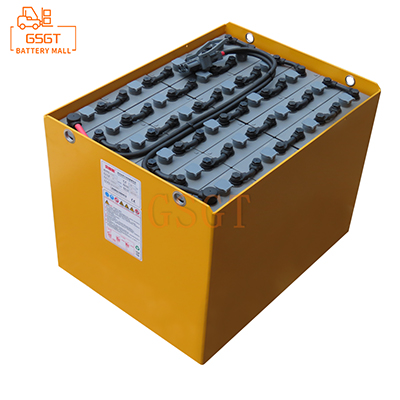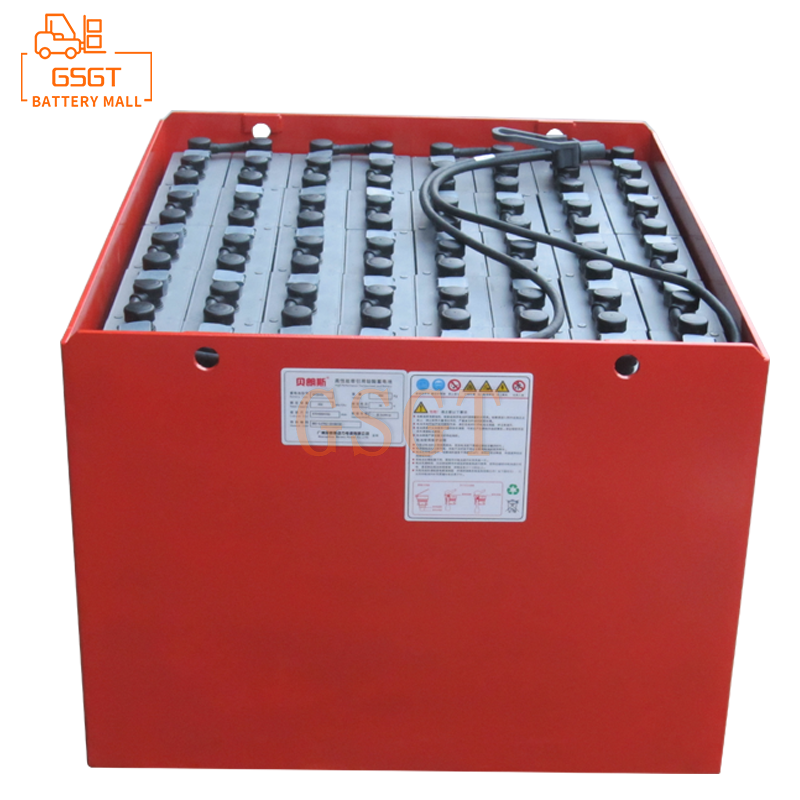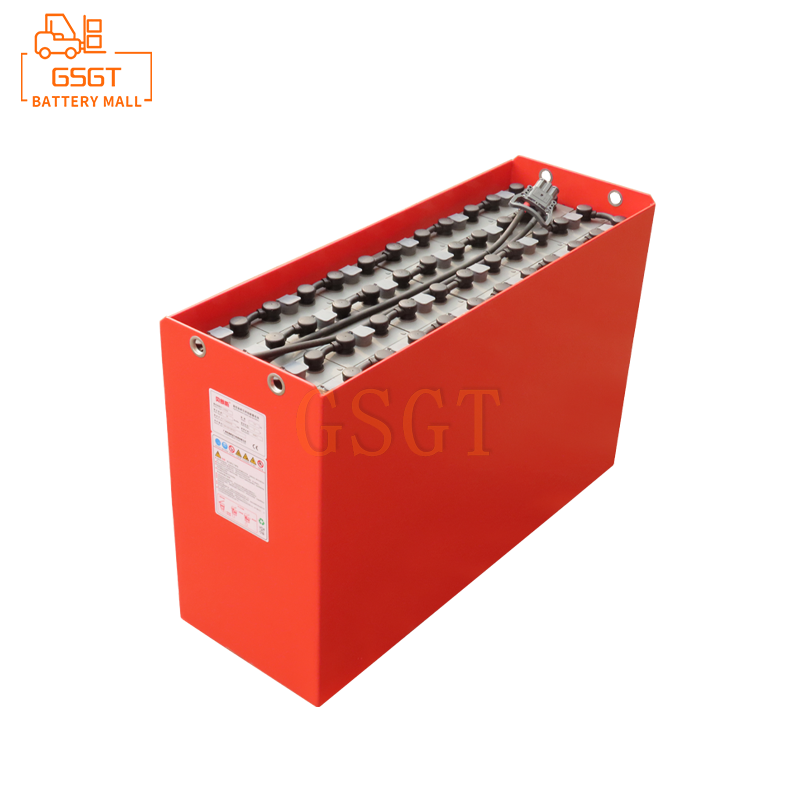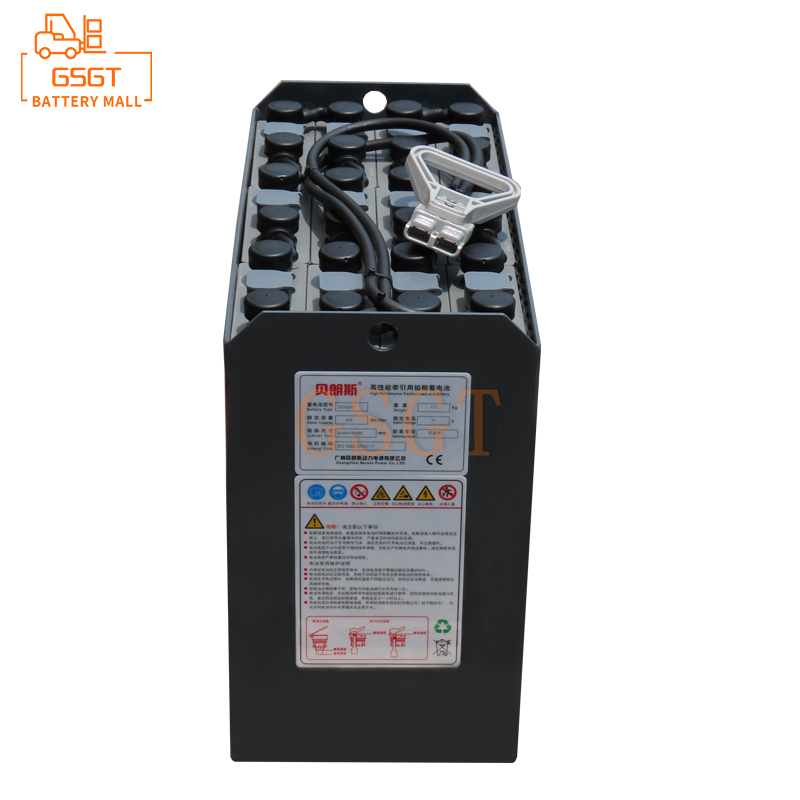Time:2025-03-25 15:13:11
Browse:391
In the complex stage of offshore operations, a stable and reliable power supply system is the cornerstone for all activities to be carried out smoothly. From the continuous operation of offshore drilling platforms, to the long hours of fishing vessels, from the continuous monitoring of Marine research equipment, to the frequent operations of offshore wind turbines, electricity demand is everywhere and vital. However, the harsh Marine environment, especially the high corrosion of seawater and frequent moisture intrusion, has brought great challenges to the power supply equipment. As a commonly used energy storage equipment, the improvement of the waterproof and salt-resistant performance of lead-acid batteries has become a key breakthrough point in the field of power supply security for offshore operations.
## The dilemma of traditional lead-acid batteries in the Marine environment
Lead-acid battery is widely used in the early stage of offshore operation because of its mature technology and relatively low cost. But the ocean is a natural laboratory for harsh environments, with extremely salty water coveting every nook and cranny of the battery. The shell of the traditional lead-acid battery is mostly made of ordinary plastic materials, although it has a certain waterproof ability, but under the long-term wave impact and seawater immersion, seawater molecules can slowly penetrate through small gaps and molecular gaps of plastic materials. Once seawater enters the battery, active ions such as abundant chloride ions will have complex chemical reactions with the lead plate and electrolyte of the battery. The plate is gradually corroded, there are holes, thinning and other phenomena, resulting in rapid attenuation of battery capacity, and sharp decline in charge and discharge performance. At the same time, the humid air condenses into a water film on the surface of the battery and combines with salt to form a conductive electrolyte, which accelerates the electrochemical corrosion outside the battery, shortens the overall service life of the battery, and increases the downtime risk and maintenance cost of offshore equipment.
## Waterproof and salt resistant new breakthrough material innovation
Researchers have conducted in-depth research on the waterproof and salt-resistant problem of lead-acid batteries from the material level and achieved remarkable results. In terms of shell materials, a new type of nano-composite material has been developed. The material consists of a polymer matrix combined with nano-scale inorganic particles, which are evenly dispersed in the polymer, like a nano-scale "Great Wall of defense" inside the shell. Taking nano silica modified polycarbonate as an example, nano silica particles not only enhance the mechanical strength of polycarbonate, so that it can better cope with bumps and collisions at sea, but also significantly reduce the water absorption of the material. Its unique microstructure makes it difficult for water molecules to form continuous penetration channels inside the material, and its waterproof performance is several times higher than that of traditional plastics. Inside the battery, innovative improvements have also been made to the plate and electrolyte. A new type of lead alloy plate material was developed. A small amount of rare earth elements such as cerium and lanthanum were added on the basis of traditional lead antimony alloy. These rare earth elements can refine the alloy grain, enhance the corrosion resistance of the alloy, effectively inhibit the erosion of chloride ions on the plate in the salt spray environment, and slow down the vulcanization and corrosion rate of the plate. At the same time, the electrolyte is optimized and special corrosion inhibitor and water repellent are added. The corrosion inhibitor can form a dense protective film on the plate surface to prevent the attack of harmful ions. The waterproofing agent reduces the surface tension of the electrolyte, making it difficult to mix with the infiltrated seawater, maintain the stability of the electrolyte, and ensure the normal charge-discharge reaction of the battery.
## Structural optimization of new breakthrough in waterproof and salt resistance
In addition to material innovation, the structural design of lead-acid batteries has also ushered in innovation. The new sealing structure is applied to the battery, using multi-layer sealing technology, at the connection of the battery cover and the battery slot, the first use of rubber sealing ring for the initial seal, rubber good elasticity to ensure tight fit, blocking most of the water and salt intrusion. On the outside of the seal ring, a special waterproof sealant is applied, which cures to form a tough waterproof barrier to further fill any small gaps that may exist and prevent water vapor from penetrating. In addition, a unique drainage and ventilation system is designed inside the battery. A drain hole is arranged at the bottom of the battery. If a small amount of seawater enters the battery accidentally, it can be discharged through the drain hole to avoid accumulation of corrosion plates inside the battery. At the same time, an intelligent ventilation valve is installed on the top of the battery, which can automatically adjust the opening and closing according to the internal pressure and humidity of the battery. During the battery charging process, the gas generated inside can be discharged through the ventilation valve to prevent the pressure from being too high; When the external humidity is high, the ventilation valve is closed to prevent moist air from entering, maintain the internal dry environment of the battery, and comprehensively improve the waterproof and salt resistance of the battery in the Marine environment.
## Application changes and prospects brought by new breakthroughs
The new breakthrough of waterproof and salt-resistant lead-acid batteries has brought many positive changes to offshore operations. In the field of offshore oil and gas production, the use of new lead-acid battery power supply system has significantly reduced the number of battery failures caused by downtime, improve production efficiency, reduce maintenance costs. In Marine fisheries, fishing vessels using such batteries have increased endurance, can operate longer in the open sea, and reduce fishing losses due to battery problems. In the field of Marine monitoring, long-term and stable power supply ensures the integrity and accuracy of data collection by monitoring equipment, and provides a reliable basis for Marine ecological research and meteorological forecasting. Looking forward to the future, with the further promotion and improvement of these new technologies, lead-acid batteries will continue to play an important role in offshore operations. At the same time, the relevant technology is expected to expand to other high-humidity, high-corrosion environmental applications, such as coastal industrial facilities, wet mines, etc., to provide a solid power guarantee for the stable operation of more industries, and help the global related industries to achieve sustainable development in a complex environment.

$3405

$9980

$2290

$850

MESSAGE
Professional And Efficient
Security
Affordable Price
Professional Services